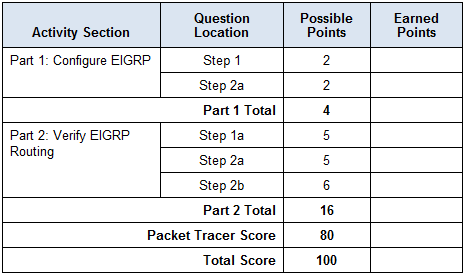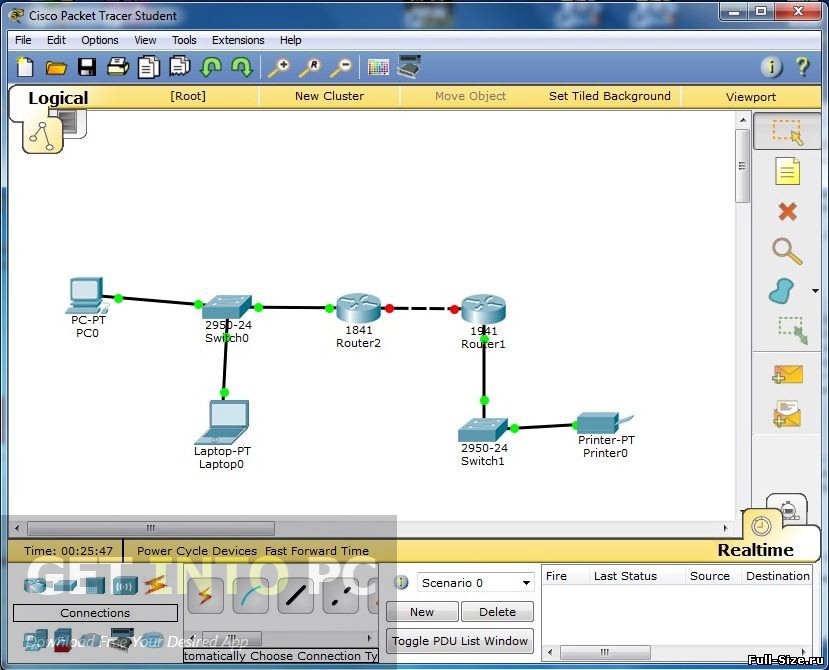



On S2 and S3, display and verify all the VLANs are configured and assigned to the correct switch ports according to the Addressing Table.Notice how all 24 access ports on the switch are assigned to VLAN 1. On S1, issue the command that will display all VLANs configured.Part 1: Verify VLANs Step 1: Display the current VLANs. This activity focuses on creating trunk ports, and assigning them to a native VLAN other than the default. A trunk port by default is a member of all VLANs therefore, it carries traffic for all VLANs. Access ports carry traffic from a specific VLAN assigned to the port. A port on a switch is either an access port or a trunk port.

Trunks are required to pass VLAN information between switches. Topology 6.2.2.4 Packet Tracer – Configuring Trunks Addressing Table Device Packet Tracer – Configuring Trunks (Answer Version)Īnswer Note: Red font color or Gray highlights indicate text that appears in the Answer copy only. Version 5.02Ħ.1.1.5 Packet Tracer – Who Hears the BroadcastĦ.1.2.7 Packet Tracer – Investigating a VLAN ImplementationĦ.2.1.7 Packet Tracer – Configuring VLANsĦ.2.2.4 Packet Tracer – Configuring TrunksĦ.2.3.7 Packet Tracer – Troubleshooting a VLAN Implementation – Scenario 1Ħ.2.3.8 Packet Tracer – Troubleshooting a VLAN Implementation – Scenario 2Ħ.3.3.6 Packet Tracer – Configuring Router-on-a-Stick Inter-VLAN RoutingĦ.3.3.8 Packet Tracer – Inter-VLAN Routing ChallengeĦ.4.1.2 Packet Tracer – Skills Integration Challenge After you review all questions, You should practice with our online test system by go to "Online Test" link below. Each version have 1 to 10 different questions or more. While you take online test with, You may get random questions from all version. We recommend you to go thought all version if you are not clear. What is your version? It depends on your instructor creating your class. The latest version is version 6.0 in 2018. From year to year, Cisco has updated many versions with difference questions.


 0 kommentar(er)
0 kommentar(er)
